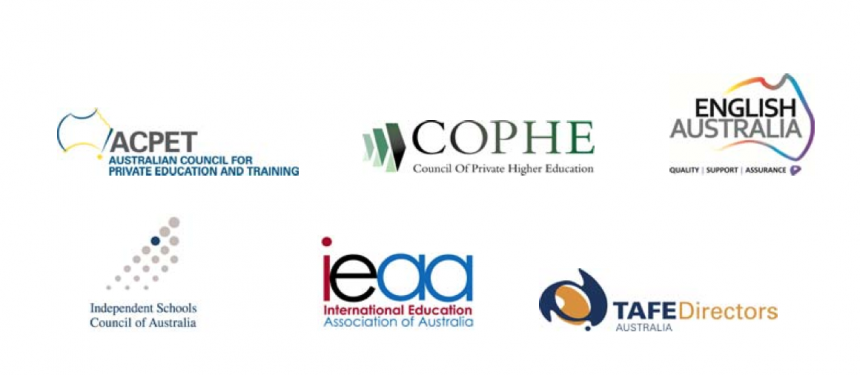Australia is the most expensive country in which to study abroad, followed closely by the USA and UK, according to a study by HSBC Bank which has ranked 13 countries and territories based on the average cost of a year’s study.
News and business analysis for Professionals in International Education
Have some pie!
Sector rallies for support: Australia tops cost survey
 All the peak bodies that have endorsed the joint statement made as Australia gets to grips with a Federal Election campaign
All the peak bodies that have endorsed the joint statement made as Australia gets to grips with a Federal Election campaign This news comes during a week in which a joint statement by Australia’s peak bodies was released urging for greater government support to stop students turning instead to Canada, New Zealand, the UK and USA.
“International education returns $15 billion a year to our economy, directly employs more than 100,000 Australians and delivers enormous cultural and diplomatic benefits to the nation,” said Phil Honeywood, Executive Director of the International Education Association of Australia (IEAA).
“It therefore beggars belief that we lack a strong government champion or the focused support afforded to other important industries like manufacturing, mining and tourism.”
The joint statement suggests a strong need for more flexible and competitive visa processing and a loosening of red-tape ties – something that may happen follow a review of TEQSA this month.
A weakening Australian dollar could offer the country a reprieve, but the peak bodies want to see “a strong government champion”.
Combining annual tuition fees and annual costs of living, the HSBC Study found that the average cost of a year abroad in Australia is US$38,000 followed by US$35,000 in the USA and US$30,000 in the UK.
The United Arab Emirates ranked fourth costing students on average US$27,375 and Canada fifth with a price tag of US$26,011. Costs of study in both Singpore and Hong Kong tipped over US$20,000.
Malik Sarwar, HSBC’s Global Head of Wealth Development, said he expects the appetite for international education to grow with the rise in affluence in developing markets and a competitive workplace demanding quality skills and a global outlook.
However, he added that “even though the market for higher education remains segmented and therefore mispriced at an international level, the cost is going up everywhere as government subsidies are rolled back”.
While Australia’s tuition fees are comparable to US levels, the average cost of living is almost US$3,000 more according to the survey.
“Despite Australia having attained an enviable reputation for the quality, professionalism and value of its international education sector, Australia is losing ground to competitor countries,” said the recent communiqué, backed by the IEAA, Council of Private Higher Education, Independent Schools Council of Australia, Australian Council for Private Education and Training, English Australia and TAFE Directors Australia .
“Canada, New Zealand the United States and United Kingdom are providing lower student visa charges, faster turnaround in visa processing and health checks and more affordable student accommodation and living costs.”
Still looking? Find by category:



Australian international education sector is not just universities, but also private English and business or technical colleges, state TAFE vocational (& higher ed) plus school.
Private sector is much more affordable but is still obstructed by new and more onerous visa processing, versus universities who are now in the Streamlined Visa Processing system (having good connections and access to present government).
However, while the whole international education sector discuss issues sometimes privately, they rely upon government to relax more stringent visa requirements through gentle lobbying.
Meanwhile mainstream media, who the government generally listens to, has become almost uniformly anti international education, anti population growth, anti immigration, anti engagement with Asia etc.., largely informed by bigots.
Till the Australian International Education sector can gain access to mainstream media, explain the benefits and good stories to Australians outside of the sector, not much will change.
Universities already have adba
Hi Amy
Your comment about the state of international education in Australia “It’s not all bad”, probably needs to expand to read ” It’s not all bad for Australian higher education (mostly Government) providers”.
For the other non higher education providers, offshore visa applications are in serious negative territory. ELICOS -34%, VET -79% & schools -35%, of offshore visa applications since ’08 – ’09.
From where I sit “It is that bad”.
Gavin Hopper
ICEF Asia Pacific